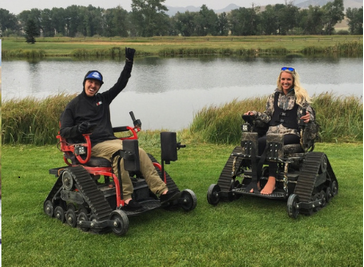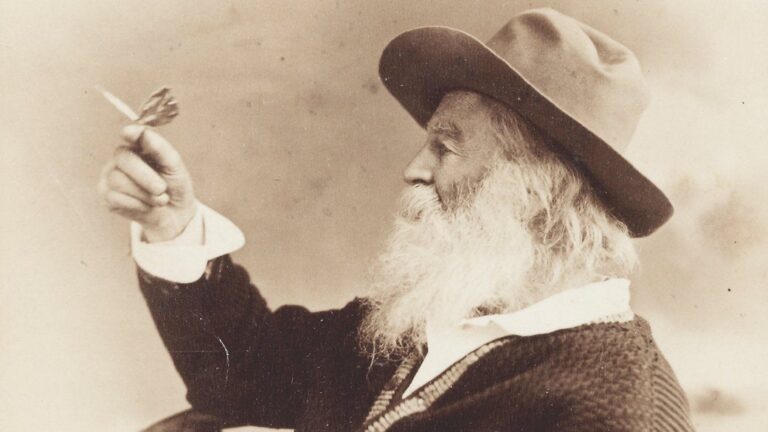Hair loss is a common concern affecting millions worldwide, leading many to explore non-surgical and drug-free solutions. Among the most sought-after treatments is PRP (Platelet-Rich Plasma) therapy, a natural approach that harnesses the body’s healing mechanisms to stimulate hair growth. PRP hair treatment in Dubai without relying on medications? This article explores the science behind PRP, its efficacy, and what patients can realistically expect.
What is PRP Hair Treatment?
PRP therapy is a minimally invasive procedure that uses the patient’s own blood to promote hair regrowth. The process involves drawing a small amount of blood, processing it to concentrate the platelets, and then injecting the platelet-rich plasma into the scalp. Platelets contain growth factors that activate dormant hair follicles, encouraging thicker and healthier hair growth.
How Does PRP Work Without Drugs?
One of the key advantages of PRP therapy is that it does not require drugs or synthetic chemicals. Instead, it leverages the body’s natural healing processes. Here’s how it works:
Stimulation of Hair Follicles
The growth factors in PRP, such as VEGF (Vascular Endothelial Growth Factor) and PDGF (Platelet-Derived Growth Factor), enhance blood circulation to the scalp. This revitalizes weakened follicles, extending the hair growth cycle and reducing thinning.
Reduction of Inflammation
Chronic inflammation is a major contributor to hair loss conditions like androgenetic alopecia. PRP’s anti-inflammatory properties help create a healthier scalp environment, preventing further hair shedding.
Prolonged Anagen (Growth) Phase
Hair follicles cycle through growth (anagen), transition (catagen), and resting (telogen) phases. PRP prolongs the anagen phase, ensuring hair remains in the growth stage longer, leading to denser regrowth over time.
Is PRP Effective for All Types of Hair Loss?
PRP therapy shows promising results for certain types of hair loss, but its efficacy varies.
Androgenetic Alopecia (Male & Female Pattern Baldness)
Studies suggest that PRP can slow down hair thinning and improve density in individuals with genetic hair loss. However, results are more noticeable in early-stage cases rather than advanced baldness.
Alopecia Areata (Patchy Hair Loss)
While PRP may help in some cases of alopecia areata, its effectiveness is less predictable compared to traditional treatments like corticosteroids.
Telogen Effluvium (Stress-Induced Hair Shedding)
Since this condition is often temporary, PRP can accelerate recovery by strengthening follicles and reducing excessive shedding.
What to Expect During and After PRP Treatment?
A typical PRP session involves:
-
Blood Draw: A small sample is taken from the arm.
-
Centrifugation: The blood is spun to separate platelet-rich plasma.
-
Injection: The PRP is carefully injected into thinning areas of the scalp.
Most patients require 3–6 sessions spaced 4–6 weeks apart for optimal results. Mild redness or tenderness may occur post-treatment but usually subsides within a day.
Comparing PRP to Drug-Based Hair Loss Treatments
Unlike medications such as minoxidil or finasteride, PRP does not carry risks like hormonal side effects or dependency. However, it is not a one-time solution—maintenance sessions may be needed to sustain results.
Conclusion:
For those seeking a drug-free hair restoration method, PRP therapy offers a scientifically backed alternative with minimal side effects. While not a miracle cure, it can significantly improve hair density and quality when performed correctly. Patients considering PRP hair treatment should consult a qualified specialist to determine candidacy and set realistic expectations.




